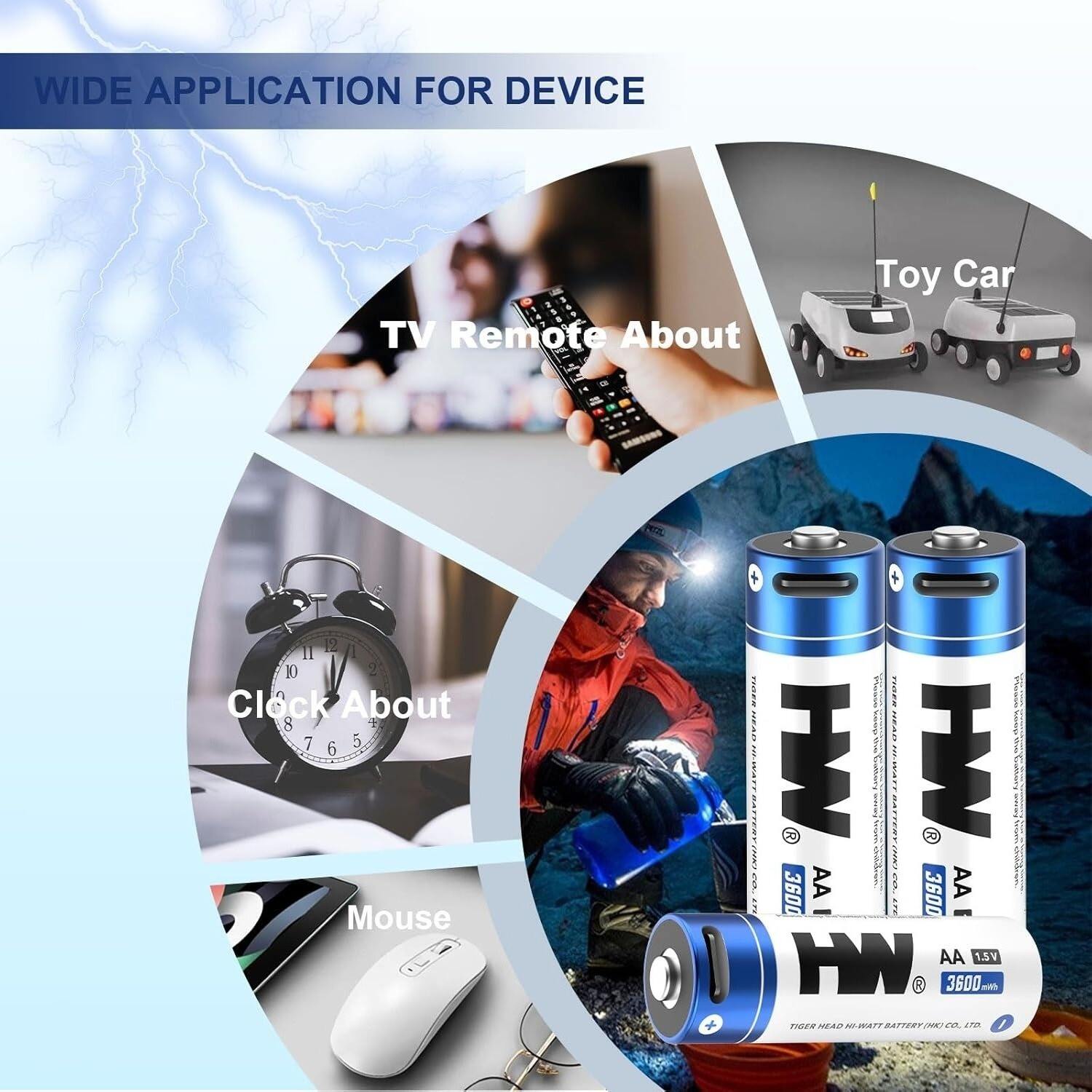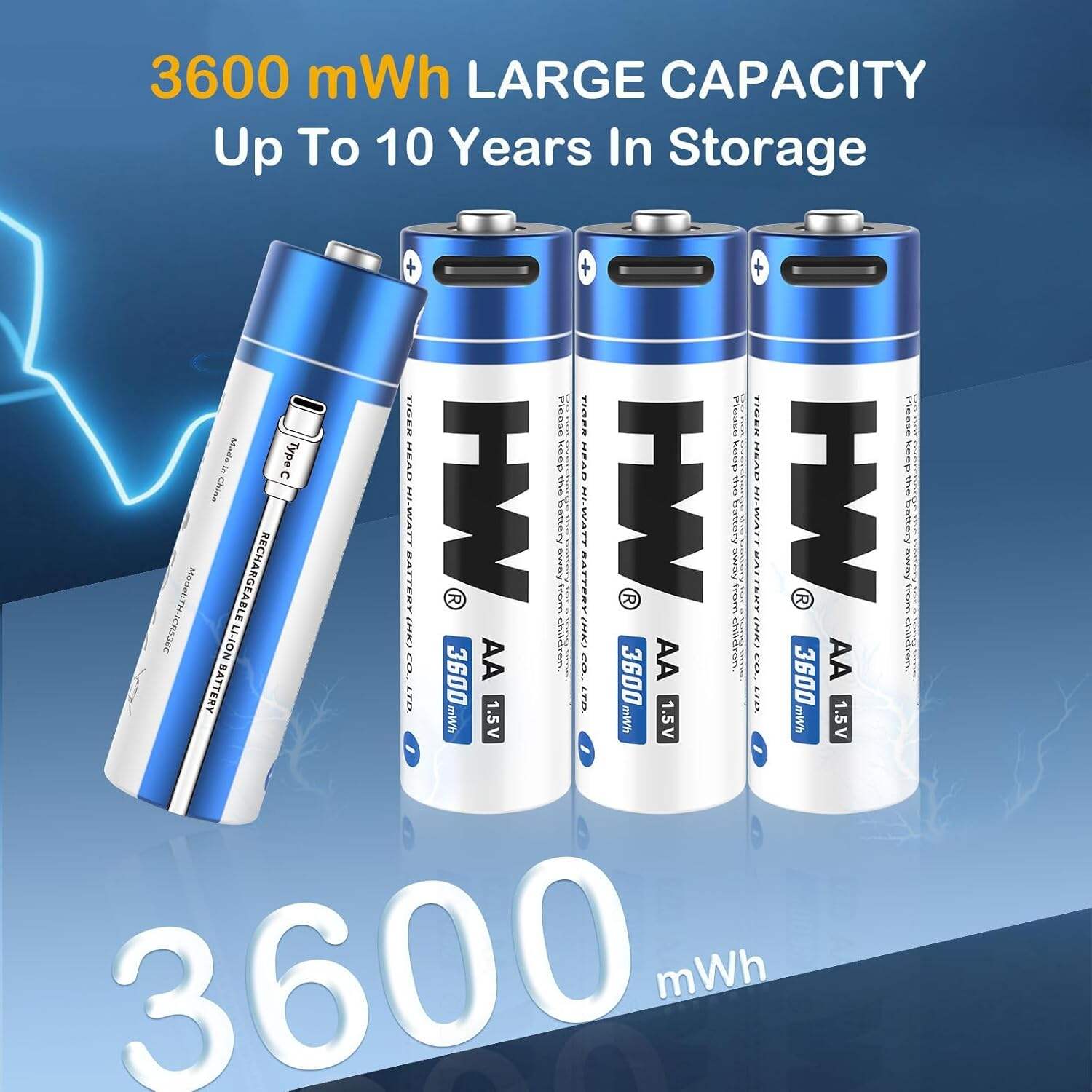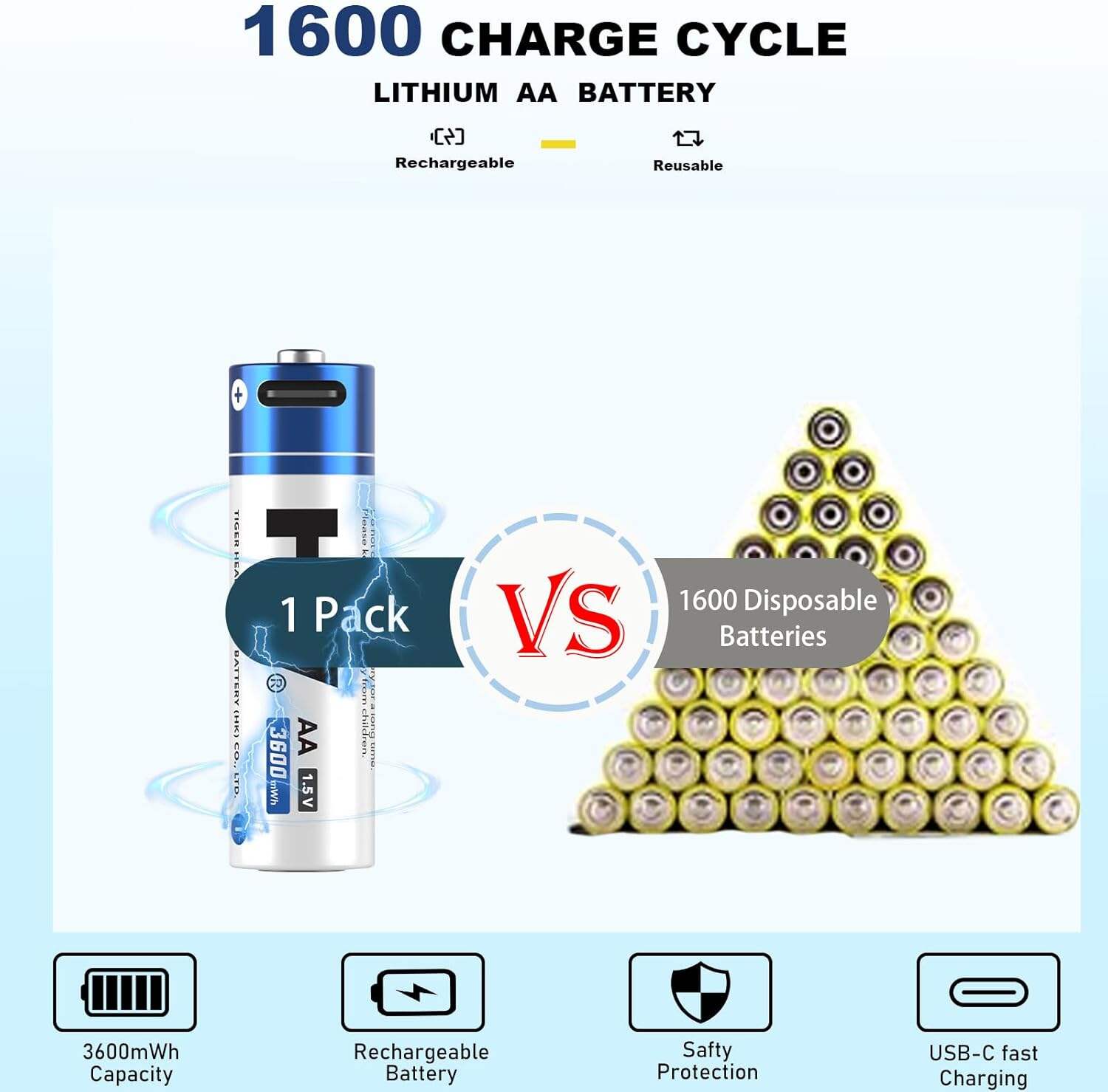הביטו סביבכם. הסמרטפון שלכם, המחשב הנייד, האוזניות החסרות חוט ששמים, ואולי אפילו המכונית בחנייה. מה משותף לכולם? כולם מופעלים על ידי גיבור שקט ושאינו מקבל את התהילה שהוא ראוי לה: הסוללה הניתנת לטעינה. במשך עשורים, עולם הכוח הנייד היה תחת שליטתם של שני ענקיים מאותה משפחה: ליתיום-יון (Li-ion) וליתיום-פולימר (Li-Po). הם נשמעים כמעט זהים, נכון? אולי אפילו ראיתם אותם בשימוש מחליף. אבל הנה הסוד: למרות שהם קרובים משפחה, הם בהחלט לא תאומים. ההבדלים ביניהם עדינים אך חשובים, ומשפיעים על כל דבר – מהעיצוב הדקיק של הטלפון שלכם ועד לבטיחות של הרחפן שלכם. אי פעם תהיתם למה הטלפון שלכם דק כל כך, או למה מקדחה החשמליתFeels כמו לבנה? התשובה נמצאת לעתים קרובות בסוג הסוללה שבפנים. אז שאלו מקום בצד המגרש, ונצלול עמוק אל תוך העולם המרתק של סוללות ליתיום-יון וליתיום-פולימר כדי סוף סוף לקבוע מי המנצח האמיתי של אנרגיית העידן המודרני?
סוללת הליתיום-יון היא הותיקה המנוסה, המלך המוכח של הרמה. זו הטכנולוגיה שkickstarted באמת את המהפכה באלקטרוניקה הנישאת. חשבו על תאי 18650 הקלאסיים – צילינדר פלדי קטן שנראה קצת כמו סוללת AA גדולה. אלו הם אבני הבניין של אינספור מכשירים, החל מפנסים חזקים ומכשירי איבוש וכלה בחבילות הסוללות הענקיות בטסלה. שמה של סוללת הליתיום-יון מגיע מהימנותה, צפיפות האנרגיה הגבוהה (נרחיב בהמשך) והעלות הנמוכה יחסית לייצור, הודות לעשורים של שיפורים. זוהי טכנולוגיה בשלת ומווסתת שעליה סומכים יצרנים.
במהותו, סוללת ליתיום-יון פועלת על ידי העברת יוני ליתיום בין אלקטרודה חיובית (קתודה) לבין אלקטרודה שלילית (אנודה). המרכיב הקסום שמאפשר לכך לקרות הוא החומר الإلكטרוליטי. בסוללת ליתיום-יון מסורתית, חומר זה הוא נוזל אורגני דליק. כדי לשמור על הכל אטום ובטוח, הנוזל והאלקטרודות חתוכים בתוך מעטפת מתכת מגן קשיחה. Именно בגלל המעטפת הקשיחה הזו, רוב סוללות הליתיום-יון מגיעות בצורות מוגדרות ותקניות – צylindrical או פריזמתיות (מלבניות). זהו עיצוב שנולד מתוך הכרח – יש צורך במיכל חזק שיוכל להכיל את הנוזל ולמנוע דליפה או נזק.
אם סוללת ליתיום-יון היא הסוס העממי והאמין, אז סוללת ליתיום-פולימר היא החידוש הקליל והאקרובטי. גם שהיא טכנית סוג של סוללת ליתיום-יון (מכיוון שהיא משתמשת באותה כימיה של אנודה וקתודה), יש לה הבדל מהפכני אחד. היא זורקת את הספר שאומר שסוללה חייבת להיות פח מתכתי קשיח. סוללות ליתיום-פולימר הן הסיבה שה.devices שלנו יכולים להיות דקים כמו שִׂיר, עקומים, או מוצפים לצורת החללים הקטנים והלא נוחים ביותר. חישבו על שעוני חכם, מחשבים פריטיניים מודרניים, ורחפנים RC ביצועיים גבוהים. העיצובים האלגנטיים שלהם אפשריים לעתים קרובות רק בזכות הגמישות של הטכנולוגיה של ליתיום-פולימר.

החדשנות המרכזית של סוללת Li-Po היא האלקטרוליט שלה. במקום נוזל מתבער, היא משתמשת באלקטרוליט פולימרי מוצק או דמוי ג'ל. דמיינו משהו בעל עקמות של מדבקות גומי. האלקטרוליט הפולימרי זה עטוף בין שכבת האנודה והקתודה, ואז ארוז באביזר קליל וגמיש. הבנייה בצורת אביזר היא מה שנותן לסוללות Li-Po את היציבות הנפלאה שלהן. הן אינן זקוקות לקליפה מתכתית כבדה וקשיחה, מה שגורם להן להיות קלות יותר ומאפשר להן לקבל כמעט כל צורה שמעצב יכול לדמיין.
בסדר, עכשיו כשאנחנו מכירים את המתחרים, בואו נשים אותם זה לצד זה בהשוואה ישירה ללא מחסומים, על פי המדדים שממש חשובים.
זוהי המכה הרגילה של ליתיום-פולימר. מאחר שהם אינם דורשים מעטפת מתכת קשיחה, סוללות ליתיום-פולימר יכולות ליוצר בצורה דקה במיוחד ובצורות מותאמות. ניתן לעצב אותן כדי למלא כל שורה וסדק בתוך מכשיר, ולמקסם את הקיבולת של הסוללה במוצר קומפקטי. סוללות ליתיום-יון, שמוגבלות על ידי המעטפות המתכתיות הצילינדריות או המשולשיות שלהן, הן פחות גמישות בהשוואה. עבור מעצבים הטכנולוגיה היוצרים את הדור הבא של טכנולוגיה דקה במיוחד, ליתיום-פולימר הוא הניצחון השולט.
מנצח: ליתיום-פולימר
צפיפות האנרגיה מתייחסת לכמות הכוח שאפשר לאגור בבטارية ביחס לגודלה או למשקלה. זהו עימות קרוב יותר مما שעלול להיראות. במהלך ההיסטוריה, תאי Li-ion גליליים מסורתיים (כגון 18650) נהנים מקצב מעט גבוה יותר בצפיפות אנרגיה. העיצוב המוגבש והדק שלהם הוא יעיל בצורה יוצאת דופן. עם זאת, טכנולוגיית Li-Po מתקרבת במהירות. בעוד שתא Li-ion בודד עשוי להיות צפוף יותר, היכולת ליצור סוללת Li-Po בעלת צורה מותאמת שיכולה למלא את כלל מבנה המכשיר מאפשרת לעיתים קיבולת כוללת גבוהה יותר במוצר הסופי. כרגע, על בסיס השוואת תא בתא, ל-Li-ion יש יתרון זעיר.
המנצח: Lithium-Ion (במעט)

בטיחות היא עניין חשוב ביותר. האלקטרוליט הנוזלי בבטריות ליתיום-יון הוא דליק מאוד. אם תא נדקר, טעון יתר או נתון לחום קיצוני, עלול להתרחש אירוע מסוכן הנקרא "ריצה תרמית", שבו התא משחרר אש וגז דליק. המעטה המתכתי הקשיח מעוצב כדי להכיל את הלחץ הזה, אך עדיין יכולים לקרות כשלים. האלקטרוליט בג'ל של בطارיות ליתיום-פולימר פחות נדיף וצמיד יותר בפני נזק פיזי. אם שקית ליתיום-פולימר נדקרה, סביר יותר שהיא תתנפח או תשחרר גז ולא תבער באופן אלים. זה גורם להיחשב לאפשרות בטוחה יותר בדרך כלל, גם שמבלי כן יש צורך לטפל בהן בהתאם ולשמור על מעגלי טעינה מתאימים בכדי למנוע התנפצות ונזק.
מנצח: ליתיום-פולימר
יעילות הייצור היא קריטית. סוללות ליתיום-יון מיוצרות בהמונ masse כבר זמן רב. התהליכים תקניים ומואצים בצורה מיטבית, מה שהופך את ייצורן לזול יותר באופן משמעותי. ייצור סוללות ליתיום-פולימר הוא תהליך מורכב ויקר יותר. הבדל זה במחיר הוא הסיבה המרכזית שבגללה תאי ליתיום-יון עדיין הם הבחירה המועדפת ביישומים שבהם התקציב הוא גורם מניע מרכזי וצורה סטנדרטית מקובלת, כמו בכלים חשמליים או שדות טעינה זולים.
מנצח: ליתיום-יון
אורך חיים, או מחזור חיים, מתייחס לכמה פעמים ניתן לטעון ולפרק סוללה לפני שקיבולתה פוחתת בצורה משמעותית. בקטגוריה זו, שני סוגי הסוללות דומים למדי, ואורך החיים תלוי לעיתים קרובות יותר בכימיה הספציפית, באיכות הייצור ובאופן השימוש בסוללה (למשל: הרגלי טעינה, טמפרטורת עבודה), מאשר בכך אם מדובר בסוללת Li-ion או Li-Po. שניהם יכולים לשרת בדרך כלל מאות עד אלפי מחזורים כאשר מתלווים אחריהם נכון. אין אפשרות לקבוע מנצח ברור.
מנצח: תיקו

אז, מי זוכה בחגורה? האמת היא שאין מנצח יחיד. הסוללה ה"הכי טובה" היא זו שמתאימה ביותר ליישום מסוים. זהו מקרה קלאסי של שימוש בכלי הנכון עבור המשימה הנכונה. * בחרו בסוללת ליתיום-יון (Li-ion) כאשר: עלות היא עניין מרכזי, אתם צריכים צורה עמידה וחזקה, וצורה גלילית או פריזמטית סטנדרטית מתאימה להתקן שלכם. חשבו על כלים חשמליים, אופנועונים חשמליים, מקורות כוח גדולים, וחבילות סוללות לרכב חשמלי. * בחרו בסוללת ליתיום-פולימר (Li-Po) כאשר: דק, קל או צורה מותאמת אישית הם חיוניים לעיצוב המוצר. בטיחות היא עדיפות עליונה, ומשקל קל הוא קריטי. חשבו על טלפונים חכמים, טאבלטים, רחפנים, מכשירים לבישים, ורכבים בשלט רחוק.
בסופו של דבר, הקרב בין ליתיום-פולימר לליתיום-יון אינו עניין של ניצחון של אחד על השני. אלא עניין של סט כלים מגוון להפעלת העולם הטכנולוגי שלנו, שמתפתח ומשתנה במהירות. הכוח הקשיח והזול יחסית של ליתיום-יון מונע את המכשירים הבנויים לסיבולת, בעוד הטבע הקל והגמיש של ליתיום-פולימר מאפשר את החדשנות האלגנטית והניידת שאנו חפצים בה. אלו שני צדדים של אותו מטבע עוצמתי, המתקדמים ללא הרף ודוחפים את הגבולות של מה שאפשרי. בפעם הבאה שתיקחו מכשיר כלשהו, הקדישו רגע להעריך את ההנדסה המרשימה שמוטמעת בתוך מקורות החשמל שלו. בין אם מדובר בסoldier ותיק ובין אם בגמיש שמבצע תרגולי אקרובטיקה – הסוללה הזו היא המנוע השקט של חייכם המודרניים.
 חדשות חמות
חדשות חמות2025-12-08
2025-11-19
2025-10-19
2025-11-24
2025-10-31